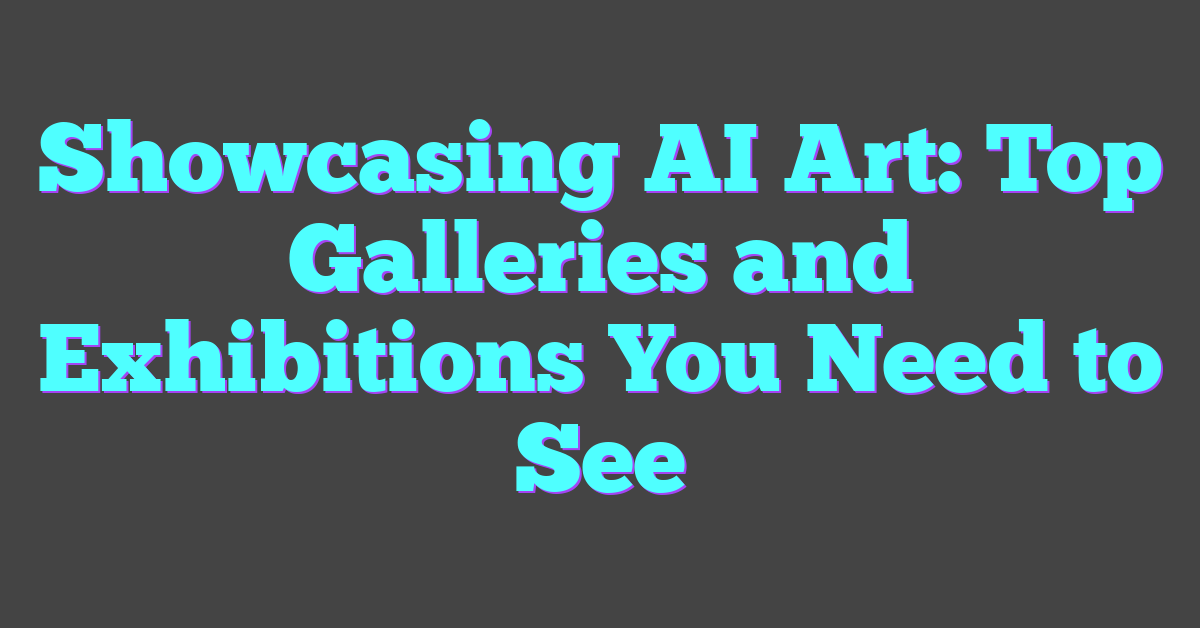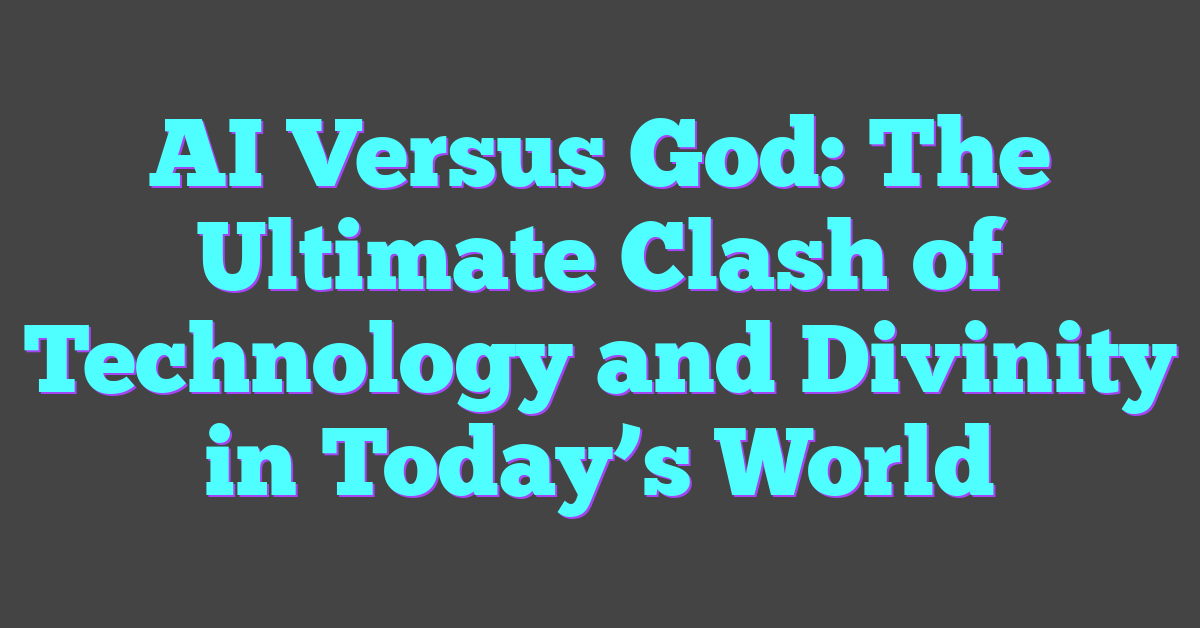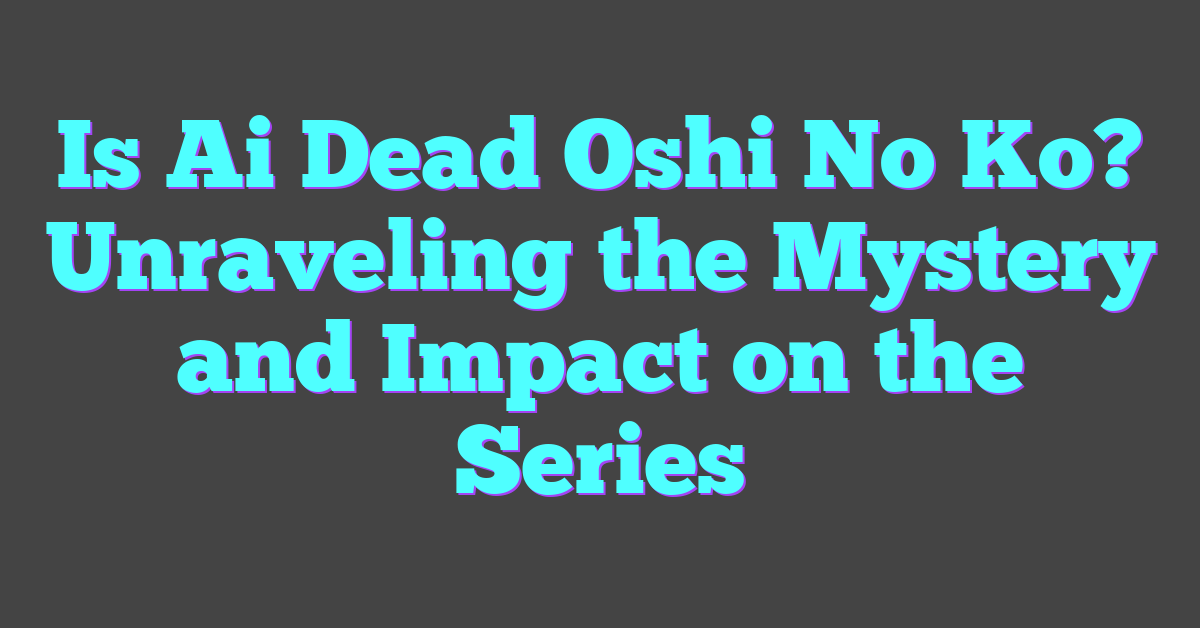Key Takeaways
- AI Transforms the Art World: Artificial Intelligence is revolutionizing galleries by blending technology with creativity, offering innovative AI-generated artworks that challenge traditional boundaries.
- Evolution and Growth of AI Art: From its origins in the 1960s to today’s advanced machine learning and neural networks, AI art has gained significant acceptance, with a noticeable increase in global AI art exhibitions and market value.
- Leading Galleries and Signature Exhibitions: Prominent venues worldwide, such as Ars Electronica Center and the Smithsonian, showcase groundbreaking AI art exhibitions that attract diverse audiences and highlight the synergy between artists and technologists.
- Enhanced Visitor Engagement: AI-driven technologies like virtual reality and interactive installations personalize and deepen visitor experiences, making art exhibitions more immersive and participatory.
- Curating Innovative AI Art: Galleries prioritize originality, technical complexity, and aesthetic value when selecting AI artworks, integrating cutting-edge technology to create captivating and dynamic exhibitions.
- Future Trends in AI Art: The future of AI art includes mainstream acceptance, increased collaborations between artists and AI developers, and the integration of emerging technologies like blockchain and generative adversarial networks to further expand artistic expression.
Artificial Intelligence is revolutionizing the art world, offering creators new tools and possibilities. Galleries and exhibitions are embracing AI-generated works, showcasing the unique blend of technology and creativity. Visitors are intrigued by pieces that challenge traditional boundaries, sparking conversations about the future of art.
As AI continues to evolve, these showcases provide a platform for artists and technologists to collaborate, pushing the limits of what’s possible. Whether you’re an art enthusiast or a tech aficionado, exploring AI art exhibitions opens up a fascinating glimpse into the synergy between human imagination and machine intelligence.
The Evolution Of AI Art In Galleries
AI art reshapes galleries by merging technology with creative processes. Its progression highlights significant advancements in artificial intelligence and evolving exhibition practices.

Historical Context
AI art originated in the 1960s with basic computer-generated designs. Early works emphasized simple algorithms and geometric patterns. In 1997, Harold Cohen’s AARON produced intricate drawings, showcasing AI’s creative potential. Initially, galleries hesitated to display AI art, but organizations like Ars Electronica began featuring digital art in their exhibitions. By the early 2000s, improved software and hardware enabled more complex AI-generated pieces, laying the foundation for broader gallery acceptance.
Modern Developments
Today’s AI art leverages advanced machine learning algorithms and neural networks to create sophisticated artworks. Galleries implement various AI-driven exhibitions, including interactive installations and digital displays. Collaborations between artists and technologists result in unique and diverse artistic styles. The AI art market has expanded, with notable sales such as the $500,000 Christie’s auction of an AI-generated piece. The following table illustrates the growth in AI art exhibitions over recent years:
| Year | AI Art Exhibitions Worldwide |
|---|---|
| 2018 | 25 |
| 2019 | 35 |
| 2020 | 50 |
| 2021 | 70 |
| 2022 | 90 |
Advancements in AI enable real-time art creation, enhancing visitor engagement and broadening artistic expression in galleries.
Prominent AI Art Galleries And Exhibitions
Leading galleries and exhibitions highlight the integration of artificial intelligence in contemporary art. These venues showcase innovative AI-generated artworks, attracting diverse audiences.
Notable Spaces Showcasing AI Art
Top galleries around the world emphasize AI art’s evolution and impact. Notable spaces include:
- Ars Electronica Center (Austria): Hosts the annual Ars Electronica Festival, focusing on AI and interactive art.
- The AI Gallery (USA): Features a rotating collection of machine learning-generated pieces.
- Digital Arts Museum (Netherlands): Exhibits cutting-edge AI installations and digital creations.
- Science Gallery (Ireland): Integrates AI art with scientific exhibitions, promoting interdisciplinary dialogue.
- Muzeum Sztuki Nowoczesnej (Poland): Showcases AI collaborations with traditional artists.
Signature Exhibitions
Prominent exhibitions define the AI art landscape with groundbreaking displays. Signature shows include:
- “AI: More Than Human” at Barbican Center: Explores AI’s role in creativity and human collaboration.
- “The Uncanny Valley” at Shanghai Urban Planning Exhibition: Features lifelike AI-generated sculptures and interactive media.
- “Machine Visions” at Smithsonian American Art Museum: Presents historical and contemporary AI art milestones.
- “Neural Narratives” at Guggenheim Bilbao: Focuses on storytelling through AI algorithms and generative art.
- “Synthetic Emotions” at Tokyo Metropolitan Art Museum: Examines the emotional depth of AI-created artworks.
AI Art Exhibition Statistics
| Exhibition Name | Location | Year | Attendance |
|---|---|---|---|
| AI: More Than Human | Barbican Center, London | 2023 | 50,000 |
| The Uncanny Valley | Shanghai Urban Exhibition | 2022 | 35,000 |
| Machine Visions | Smithsonian, Washington D.C. | 2021 | 45,000 |
| Neural Narratives | Guggenheim Bilbao | 2023 | 40,000 |
| Synthetic Emotions | Tokyo Metropolitan Museum | 2022 | 30,000 |
These venues and exhibitions demonstrate AI art’s growing presence and influence in the global art scene.
Curating AI Art For Exhibitions
Curating AI art involves selecting pieces that demonstrate the intersection of technology and creativity. Galleries prioritize works that showcase innovation and technical proficiency.
Selection Criteria For AI Art
Curators evaluate AI art based on originality, technical complexity, and aesthetic value. Originality ensures the artwork offers a unique perspective, while technical complexity highlights the use of advanced algorithms and machine learning techniques. Aesthetic value assesses the visual and emotional impact of the piece. Additionally, curators consider the artist’s collaboration with AI, the concept behind the work, and its relevance to current technological trends. For example, interactive installations that respond to viewer input often receive high consideration due to their engaging nature.
Integrating Technology And Artistry
Successful AI art exhibitions blend cutting-edge technology with artistic expression. Curators integrate machine learning models, neural networks, and real-time data processing to create immersive experiences. Collaborations between artists and technologists result in dynamic installations and generative art pieces that evolve over time. Exhibitions like “AI: More Than Human” utilize augmented reality and virtual reality to enhance viewer interaction. By merging technical elements with creative design, galleries can present AI art that captivates and inspires diverse audiences.
The Impact Of AI On Traditional Art Spaces
Artificial Intelligence’s integration into traditional art spaces reshapes visitor experiences and challenges established norms, fostering a dynamic environment where technology and artistry converge.
Enhancing Visitor Engagement
AI-driven technologies transform visitor interactions by personalizing experiences and introducing interactive elements. Galleries use machine learning algorithms to curate exhibitions tailored to individual preferences, boosting visitor satisfaction. Virtual reality (VR) installations offer immersive tours, allowing visitors to engage with artworks on a deeper level. For example, the Science Gallery in Ireland utilizes AI to provide real-time translations and interactive guides, enhancing accessibility and engagement for diverse audiences. Additionally, interactive displays powered by AI enable visitors to manipulate digital artworks, fostering a more participatory and engaging experience.
Challenges And Adaptations
Traditional art spaces face several challenges when integrating AI, including high implementation costs and the necessity for technical expertise. Curators must balance technological innovation with maintaining artistic integrity, ensuring AI tools complement rather than overshadow human creativity. Adapting to rapidly evolving technologies requires continuous training and investment. Many galleries partner with tech firms to navigate these complexities, fostering collaborations that support sustainable AI integration. Furthermore, addressing data privacy concerns and ethical considerations surrounding AI-generated art remains crucial for maintaining trust and credibility within the art community.
Future Trends In AI Art Exhibitions
AI art exhibitions are set to transform further with technological advancements, redefining the art experience.
Emerging Technologies
Virtual reality (VR) and augmented reality (AR) enhance immersive experiences, allowing visitors to interact with AI-generated environments. Machine learning algorithms drive personalized interactions by analyzing visitor behavior, tailoring the exhibition to individual preferences. Blockchain technology ensures the authenticity and provenance of AI artworks, facilitating secure transactions and ownership verification.
Generative adversarial networks (GANs) create sophisticated and unique artworks by learning from vast datasets, enabling continuous innovation in art styles and forms. Real-time data processing supports interactive installations that respond dynamically to audience input, fostering a more engaging and participatory experience.
Additionally, holographic displays offer three-dimensional presentations of AI art, providing a tangible sense of depth and realism. These technologies collectively push the boundaries of traditional exhibitions, creating multifaceted and future-oriented art spaces.
Predictions For The Art World
AI-generated art will gain mainstream acceptance, with major galleries and museums incorporating AI exhibitions into their permanent collections. Increased collaboration between artists and AI developers will result in groundbreaking artworks that blend human creativity with machine intelligence.
The art market is expected to see a surge in the valuation of AI art pieces, driven by their uniqueness and the novelty of their creation processes. Online platforms leveraging AI will democratize access to art, allowing a global audience to experience and purchase AI-generated works.
Educational institutions will integrate AI art into their curricula, preparing the next generation of artists to utilize advanced technologies in their creative practices. This integration will foster innovation and expand the possibilities of artistic expression.
Sustainability will become a focus, with AI technologies optimizing exhibition logistics and reducing environmental impacts. Data analytics will provide insights into visitor preferences and behaviors, enabling galleries to curate more effective and appealing exhibitions.
Overall, AI art exhibitions will continue to evolve, shaping the future of the art world through technological integration and innovative creative collaborations.
Conclusion
AI art is opening new doors for creativity and expression. Galleries and exhibitions are embracing this innovative medium, attracting a wide range of audiences. The collaboration between artists and technology is sparking exciting developments that push the boundaries of traditional art.
As AI continues to evolve, so will the ways we experience and appreciate art. Visitors can look forward to more immersive and interactive exhibitions that blend human imagination with machine intelligence. The future of art is bright and filled with endless possibilities thanks to the integration of AI.




